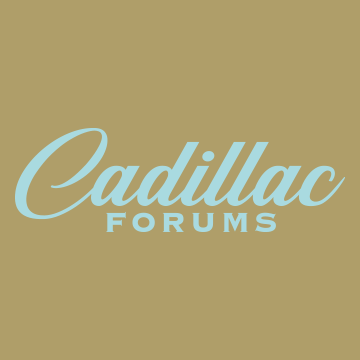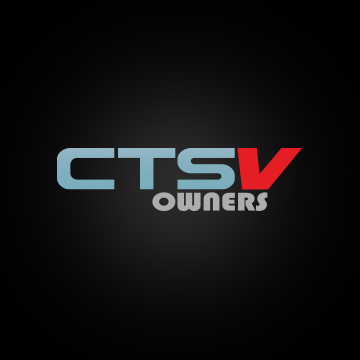Okay going to try and keep this short.
I am in the process of replacing all 6 injectors on my LLT and I have to remove one of the high pressure lines to remove the fuel rail. The one I need to remove is u shaped one not sure if that matters.
It is recommended that I replace that hpf line and I just replaced that when I replaced my HPFP.
Why does it recommend I replace that line?
Can I go without replacing it?
Thanks.
I am in the process of replacing all 6 injectors on my LLT and I have to remove one of the high pressure lines to remove the fuel rail. The one I need to remove is u shaped one not sure if that matters.
It is recommended that I replace that hpf line and I just replaced that when I replaced my HPFP.
Why does it recommend I replace that line?
Can I go without replacing it?
Thanks.





















